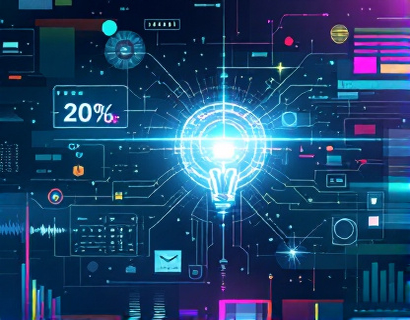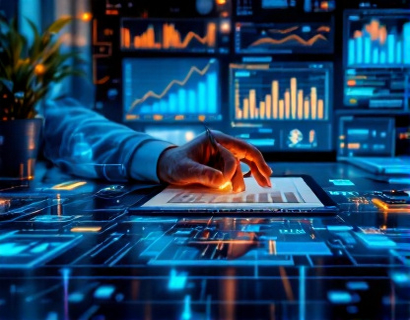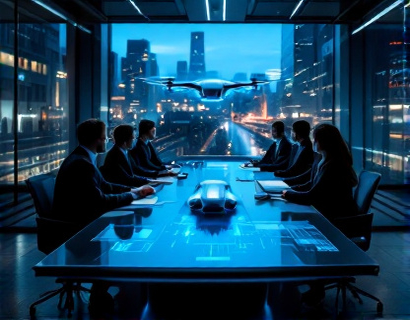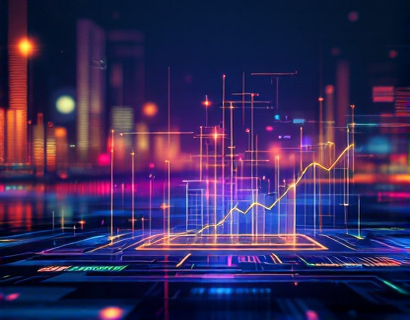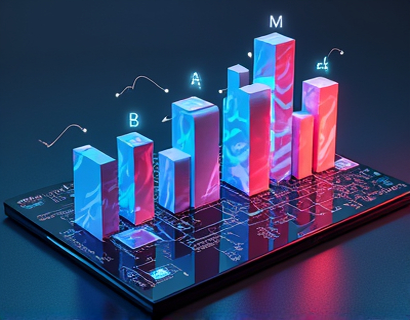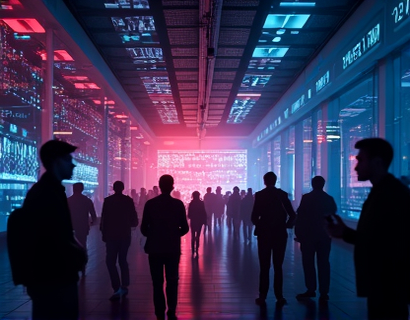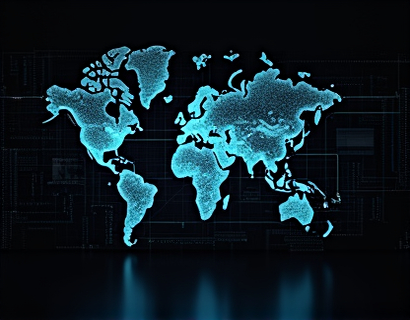Transforming Digital Engagement: The Synergy of Crypto and AI
The intersection of cryptocurrency and artificial intelligence (AI) is giving rise to innovative solutions that are revolutionizing digital engagement. This fusion is not just about combining two cutting-edge technologies; it's about creating a new paradigm for connectivity, growth, and user experience in the digital ecosystem. As we delve into this transformative synergy, we will explore how these technologies are redefining interactions and setting a new standard for innovation.
Understanding the Basics: Crypto and AI
To fully appreciate the impact of crypto and AI, it's essential to understand the fundamentals of each. Cryptocurrency, a digital or virtual currency, uses cryptography for security and operates on a decentralized network, typically a blockchain. This decentralized nature ensures transparency, security, and reduces the need for intermediaries.
Artificial intelligence, on the other hand, involves the simulation of human intelligence processes by machines, particularly computer systems. These processes include learning (the acquisition of information and rules for using it), reasoning (using rules to reach approximate or definite conclusions), and self-correction. AI can operate autonomously or be integrated into existing systems to enhance their functionality.
The Emergence of Crypto and AI Synergy
The convergence of crypto and AI is a relatively recent development, but its potential is immense. The decentralized and secure nature of blockchain technology provides an ideal environment for AI algorithms to operate transparently and securely. Conversely, AI can optimize blockchain networks, making them more efficient and scalable.
One of the key areas where crypto and AI intersect is in the development of decentralized applications (dApps). These applications leverage blockchain for data storage and AI for enhanced user interactions and data analysis. The result is a more engaging and secure digital experience.
Enhanced User Experiences through AI-Driven Crypto Solutions
AI is transforming the way users interact with crypto assets. For instance, AI-powered chatbots can provide 24/7 customer support, answering queries and guiding users through complex crypto transactions. These chatbots use natural language processing (NLP) to understand and respond to user inputs, making the crypto experience more accessible and user-friendly.
Another significant application is in personalized finance. AI algorithms can analyze user data to offer tailored investment advice, risk assessments, and portfolio management. This level of personalization is crucial in a space where users often feel overwhelmed by the complexity of crypto assets.
Security and Fraud Prevention
Security is a paramount concern in the crypto world, and AI plays a vital role in enhancing it. Machine learning models can detect unusual patterns and anomalies in transactions, flagging potential fraud in real-time. This proactive approach to security helps protect users and maintain the integrity of the crypto ecosystem.
Smart contracts, self-executing contracts with the terms directly written into code, can also benefit from AI. AI can ensure that smart contracts adhere to predefined rules and conditions, reducing the risk of errors and malicious activities. This combination of crypto and AI not only enhances security but also builds trust among users.
Decentralized Data Markets
The integration of AI and crypto is giving birth to decentralized data markets. In these markets, users can monetize their data by selling it to companies that need it for AI training and other purposes. Blockchain ensures that data transactions are secure and transparent, while AI optimizes the matching process between data providers and buyers.
This model not only provides a new revenue stream for users but also democratizes access to data, which is a critical resource for AI development. The synergy here creates a win-win situation where users are compensated for their data, and companies get high-quality data to improve their AI models.
Supply Chain Optimization
Beyond finance and data, the crypto and AI combination is revolutionizing supply chain management. Blockchain provides a transparent and immutable ledger for tracking goods from production to delivery. AI can analyze this data to predict demand, optimize inventory, and streamline logistics.
For instance, AI can forecast demand based on historical data and real-time market trends, helping companies adjust their production and inventory levels accordingly. This reduces waste and ensures that products are available when and where they are needed, enhancing overall efficiency and customer satisfaction.
Enhancing Digital Identity and Privacy
Digital identity and privacy are critical concerns in the digital age. The combination of crypto and AI offers robust solutions to these issues. Self-sovereign identity (SSI) systems, powered by blockchain, allow individuals to control their digital identities and share verification data as needed.
AI can enhance SSI by providing advanced encryption and decryption methods, ensuring that sensitive information remains secure. Additionally, AI can help in detecting and preventing identity theft by analyzing patterns and anomalies in user behavior.
Challenges and Considerations
While the potential of crypto and AI is vast, there are challenges that need to be addressed. Regulatory uncertainty is one of the primary concerns. As these technologies evolve, regulators are still grappling with how to frame policies that balance innovation with consumer protection.
Another challenge is the technical complexity. Integrating AI into blockchain networks requires specialized knowledge and resources. However, as the ecosystem matures, more tools and platforms will emerge to simplify these processes.
Future Prospects
The future of crypto and AI is bright, with numerous exciting developments on the horizon. One area to watch is the integration of AI with other blockchain technologies, such as quantum computing. Quantum computing has the potential to significantly enhance the processing power of blockchain networks, making them faster and more secure.
Moreover, the rise of Web 3.0, a decentralized internet powered by blockchain, will further amplify the impact of AI. In this new web, users will have more control over their data and online experiences, with AI serving as a personal assistant and security guardian.
Conclusion
The fusion of crypto and AI is not just a technological trend but a fundamental shift in how we interact with the digital world. By leveraging the strengths of both technologies, we can create more secure, efficient, and user-friendly digital experiences. As the ecosystem continues to evolve, the possibilities are endless, promising a future where technology serves humanity in the most innovative and beneficial ways.









